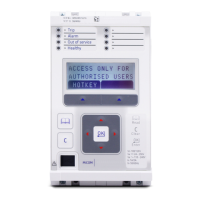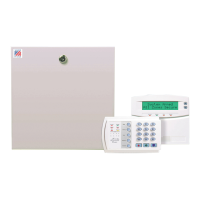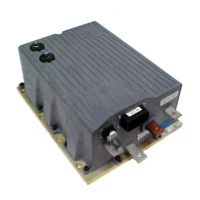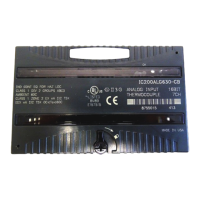Setting guidelines
The stall curr
ent threshold (Stall Setting) should be set greater than full load current, but less than motor stall
current (which is usually equal to starting current). Its corresponding timer (Stall Time) should be set less than the
motor hot stall withstand time. The Stall Detection needs to be set to Enabled for this function to operate.
Setting example:
Utilizing the previously specified motor parameters;
Stall Setting = 3 x I
th
= 882 A
Stall Time = 6 seconds
14.8.4 EXCESSIVE START TIME/LOCKED ROTOR PROTECTION - STALL TIME < START TIME
As the rotor resistance of an induction motor is proportional to slip, it decreases during acceleration. When the
motor is stationar
y, the rotating field in the air gap, set up by currents flowing in the stator winding will cut the
rotor. This field travels at synchronous speed relative to the rotor and induces a voltage at system frequency,
therefore generating circulating currents in the rotor bars. At this frequency, the reactance of the rotor causes the
current to flow in the outer section of the rotor conductors, commonly known as the 'skin effect'. Since the current
is occupying a smaller section of the rotor, the apparent impedance presented to it is increased, which means the
I
2
R heating is greatly increased. As the motor accelerates during starting the slip begins to decrease and the
current is able to occupy more of the rotor conductor. The apparent impedance therefore reduces along with the
heating effect. The motor is able to tolerate starting current for the starting time, but not locked rotor current.
This explains why, for certain applications, such as motors driving high inertia loads, the stall withstand time can
be safely exceeded during starting, without resulting in an overtemperature condition within the motor. Since the
stall withstand time is less than the start time, it is not possible to use time alone to distinguish between a start
and a stall condition.
Where the stall withstand time is less than the starting time, it is possible to utilize a contact from a speed sensing
device wired into a specified opto input (Speed Input) in conjunction with measurement of the phase current to
detect a safe start.
Setting guidelines
The Starting current threshold (Starting current) should be set greater than full load current, but less than motor
locked rotor current (usually equal to starting current). Its corresponding timer (Stall Time) should be set less than
the motor cold stall withstand time. The Stall Rotor-strt needs to be set to Enabled for this function to operate.
14.8.5 MOMENTARY REDUCTION IN SYSTEM VOLTAGE DURING RUNNING OF THE MOTOR
When the supply voltage falls below a settable under voltage threshold, the duration of the fall in voltage can be
classified as shor
t, medium, or long. This corresponds with Reac. Time, Reac. Long Time and Reac. Shed Time
respectively of P24DM relay designations.
● Short falls cover situations when it is appropriate to authorize reacceleration of the rotor and not to issue a
trip order after voltage restoration is detected using a settable under voltage threshold.
● Medium falls cover situations when the voltage has not been recovered within a set short time. This is
detected using a settable over voltage threshold and the motor has tripped as a result. Therefore, it is
appropriate to automatically restart the motor within a set long time after the voltage has become restored.
Detection of restored voltage is based on a settable over voltage threshold.
● Long falls cover cases when restoration is from back-up power and there must be substantial intervals
between starting different motors to maintain stability, and/or only critical motors can be started.
A short fall in voltage from the electrical network causes a reduction in rotor speed. If the motor was running at the
time a short fall occurred, a forced reacceleration occurs as soon as the relay detects healthy supply voltage. A
forced reacceleration bypasses any pre-staged start-up sequence the starter type might otherwise provide.
Chapter 6 - Current Protection Functions P24xM
156 P24xM-TM-EN-2.1

